At one point or another, all photographers worry that they are falling into a creative rut. One of the best ways to jumpstart your creativity is to work on a self-initiated project. Not only will this keep you inspired and challenge you to grow, but creative photoshoots also add value to your Licensing portfolio and help you stand out to image-buyers around the world.
The best results from these types of shoots come from careful planning and solid communication. That’s why we’ve put together this guide on how to prepare for a creative photoshoot in order to get the most out of it. You might even learn about a few vital steps that you hadn’t thought of before.
Ideation phase
Every creative photoshoot begins in the ideation phase. This is where you dream up your concept and flesh out your idea.
It’s important to do this before you get team members on board, or pack up your equipment, so that everyone is on the same page during the shoot.
Do your homework
If you’re planning to sell your images through a stock agency, like the 500px Collections on Visual China Group (VCG) and Getty Images, you need to research what buyers want. As the stock photo industry expands, and more photographers contribute to the world’s leading libraries, it’s more important than ever to make sure your work stands out.
Always run some searches on Getty Images, VCG, 500px, and Instagram to see what kinds of images are in-demand. Look for subjects and themes that are lacking, and fill that niche yourself.
Keep an eye out for trending hashtags, and stay up-to-date with the Karen Biilmann’s series ‘What’s Trending in Licensing’ right here on the 500px Blog. Popular keywords and client searches can also help with generating new ideas. When browsing, think about how you can tackle familiar topics in a new and exciting way. Buyers are always looking for work that’s different from the rest.
Brainstorm your vision
Even if the concept is crystal clear in your mind, you’ll have partners on your shoot who need to be on the same page. If you’re working with models, hair and makeup artists, or stylists, you must communicate your concept clearly.
Begin with a mind map, which is an easy visual way to brainstorm ideas and make connections. MindMeister is a great tool that offers free accounts. Or you can use pen and paper to write down key phrases and emotions that you want to evoke. These are notes you’ll want to hold onto, as you’ll use them later to add relevant keywords and metadata.
From there, build a mood board. Pinterest is a great free tool for mood boards because it can help you visually communicate your ideas to everyone involved in the shoot. If you plan on licensing the images, remember to include advertising photos in your mood board. Look for companies and small businesses that are using unique, eye-catching images to craft their brand identity, and think about how you can incorporate some of that inspiration into your own shoot.
Build a creative brief
As you develop your concept, creating a shot list is valuable and can help with the flow of your shoot. When working with others, sketches can also be an important tool. The sketches can be as simple as stick figures—they just need to give a general idea of what you are looking to create.
There are also plenty of online tools that allow you to build and share lighting diagrams, like Skylights, which has a desktop and a mobile app version. These help everyone understand the final vision of each image, especially if your process involves compositing different elements.
When it comes to Licensing, variety is the name of the game. Your shot list should be as expansive as possible; add different poses, different settings, and different orientations. The more perspectives you can get, the better.
Action phase
Once you are clear on your concept, final vision, and image usage, it’s time to put a plan into place. Ask yourself about the Who, What, When, and Where of your shoot.
Create a budget
The Who of your photoshoot refers to the team of people that you will need to execute your concept. And as you approach people for partnerships, it is essential to know what your budget will be for the shoot.
Be upfront about whether you will pay your partners, or if the photoshoot will be a TF (time for prints/digital files) arrangement.
Establish expectations and gather documents
As you’re finding the right partners for your creative photoshoot, you will also need to set expectations about how the images will be used. Brands can license photos for almost any purpose you can imagine, from billboards to packaging to magazine ads. These expectations should be discussed in person and detailed in the releases you might need for models, hair, and makeup, etc.
This way, everyone can be on the same page about who can submit final photos to magazines, blogs, agencies, etc. For example, as the photographer, you might want to license your photos exclusively through 500px, which means they can’t be sold anywhere else. Remember: discuss these preferences with all team members because some people skip the fine print in releases.
Share your creative brief
Once you have partners who are interested, you need to share the creative brief, or the What, of your photoshoot. In your ideation phase, you developed the mood boards, sketches, and shot lists your team members need. The more people on your team, the more material and inspiration you might need. For example, if you’re working with a set designer, they might need different mood board images than your makeup artist.
Encourage communication within your team. Add them to your Pinterest boards, share your sketches and your shot list, and listen to their feedback on how they can help you execute the concept. The more excited and invested they are, the better your final product will be.
Secure a time and location
The When and Where of your shoot will depend on your concept and team. If your concept demands a specific location, you will need to scout the location, determine its availability, and think about whether you need any permits. The same will go for securing studio space for your shoot. If you’re shooting on private property, make sure you discuss a property release with the owner and ask about any permits and insurance they require you to have.
From there, coordinate that timing with the availability of your team members. If your photoshoot is seasonal, or revolves around a holiday, you’ll want to get it done months in advance so buyers can find your images in time to use them in their marketing.
The day before the shoot
To cut down on any pre-photoshoot jitters, prepare the following the day before:
-Print out any necessary documents. This includes your permits, release forms, and your shot list.
-Print mood board photos to help everyone stay true to the original concept.
Check your equipment:
-Make sure your lights and triggers are firing.
-Format your cards.
-Charge all your batteries.
-Clean your lenses and equipment.
The day of the shoot
If your location allows, arrive early and survey the space. Turn on music to help set the mood. If there’s any set-up that you can do before others arrive, like pinning mood board photos for hair and makeup or getting lights set up, take care of it. This will help things feel less chaotic as others arrive and will give you a chance to review your shot list and timeline.
Keep the communication open throughout the day and allow other team members to see your shots as you work. This will give them the chance to do touch-ups to help you get the best shots.
After the shoot
Once your shoot is complete, you get to cull and make editing magic happen. But there are still a few organizational matters to attend to:
-Send all your team members copies of the signed releases.
-Send out final edits and politely remind everyone about the agreed-upon submission policy. Also, let your partners know if you plan to license your photos exclusively so there is no conflict.
Keyword your photos
Once you’ve edited your collection down to your very best photos, take your time to add appropriate keywords. You can do this directly in Lightroom while editing or when you’re uploading them for sale through 500px.
You’ll want to include any obvious phrases (e.g., the who, what, when, and where of your shoot)—and also any conceptual keywords that buyers might search for when they’re looking to illustrate an idea (e.g., achieving your goals, coming together, etc.).
Learn more about the art of keywording here, and remember to tag the location of your shoot. As a final step, give every photo a precise and straightforward title. Here are some quick tips for titling your images and making them more discoverable for buyers.
By taking the time to prepare for your creative photoshoot, you will help the shoot go as smoothly as possible. You’ll have a clear vision of what you want to achieve, everyone involved will be less stressed, and you’ll all be able to focus your energy on creating images that embody your artistic vision—and resonate with buyers.
Click here to learn about Licensing with 500px.

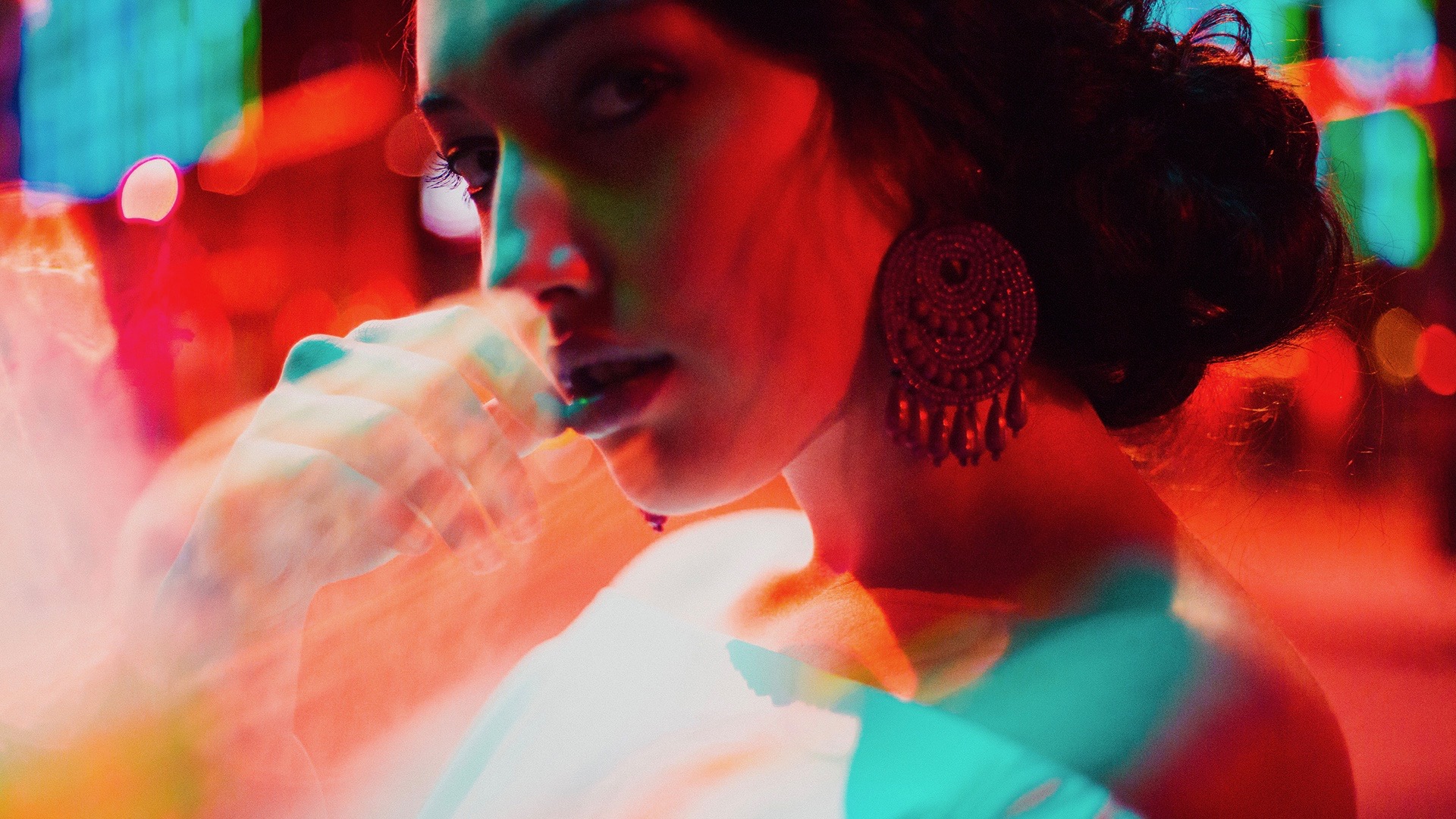

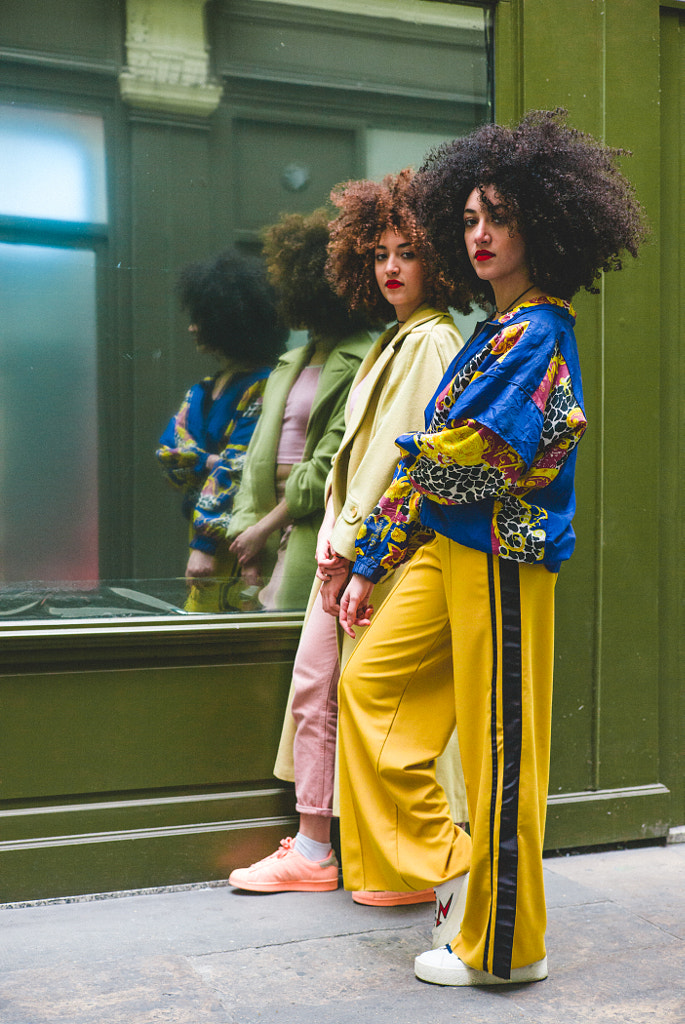
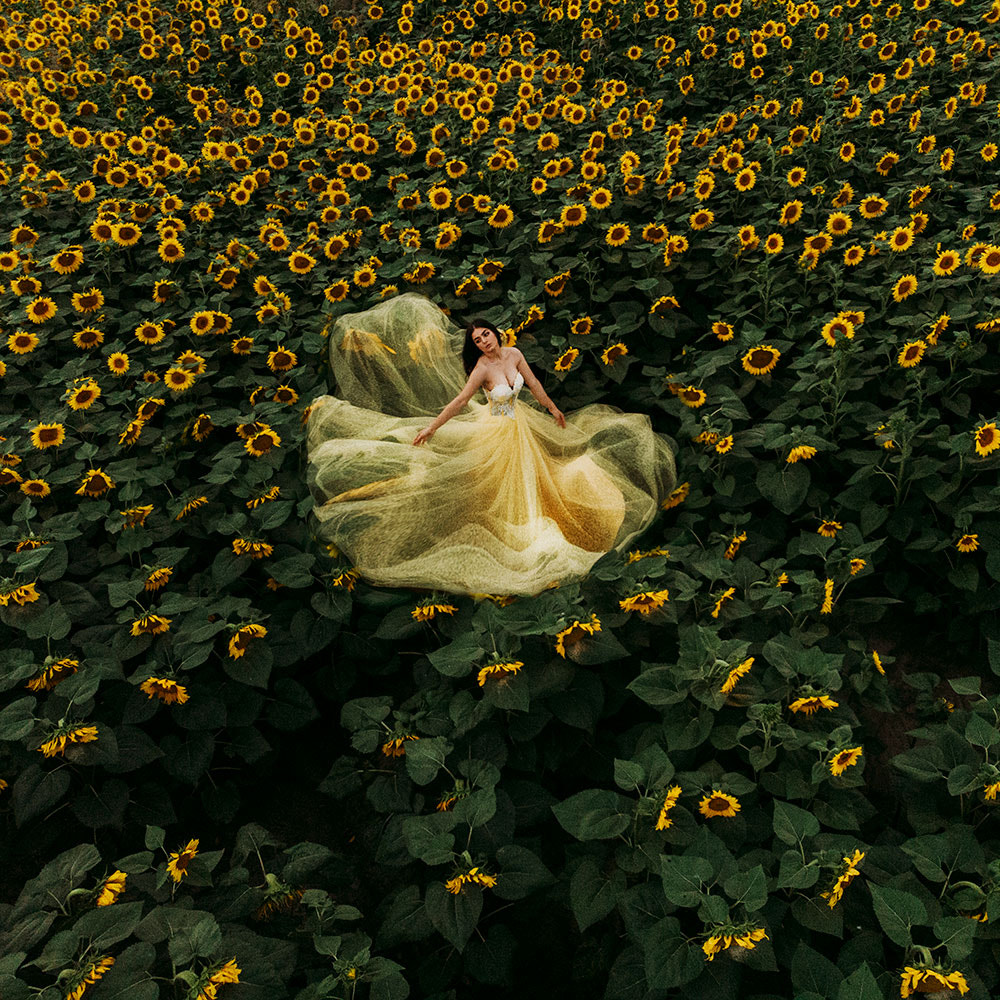
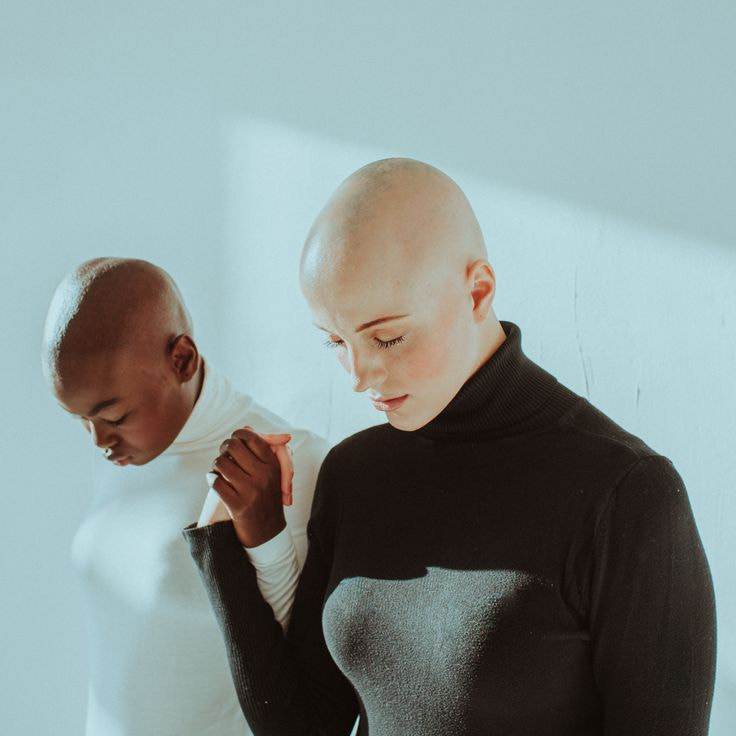
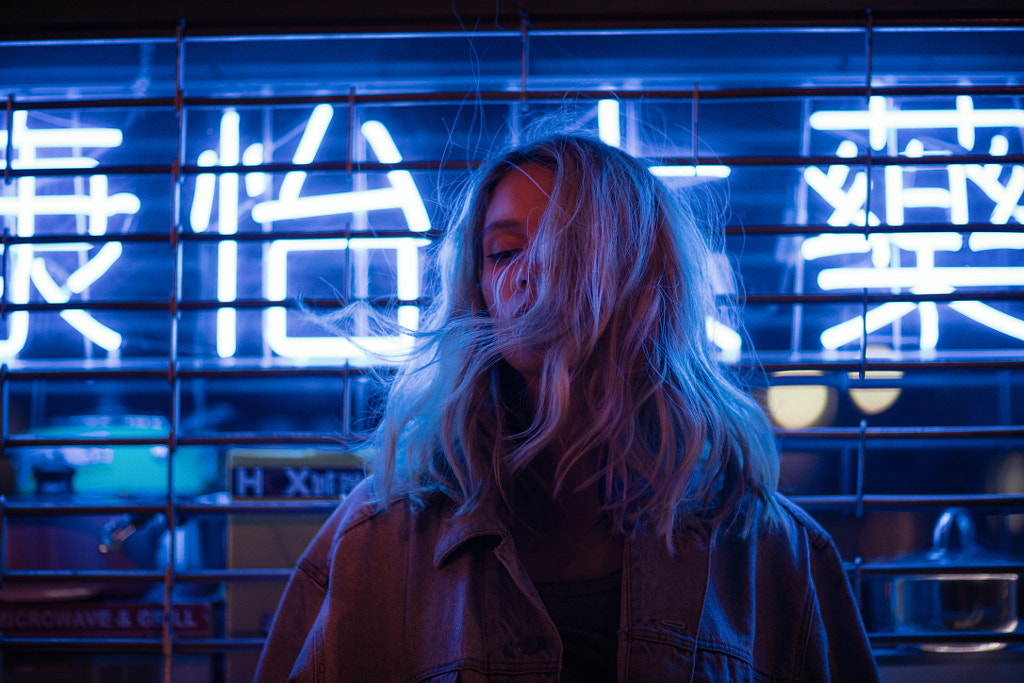
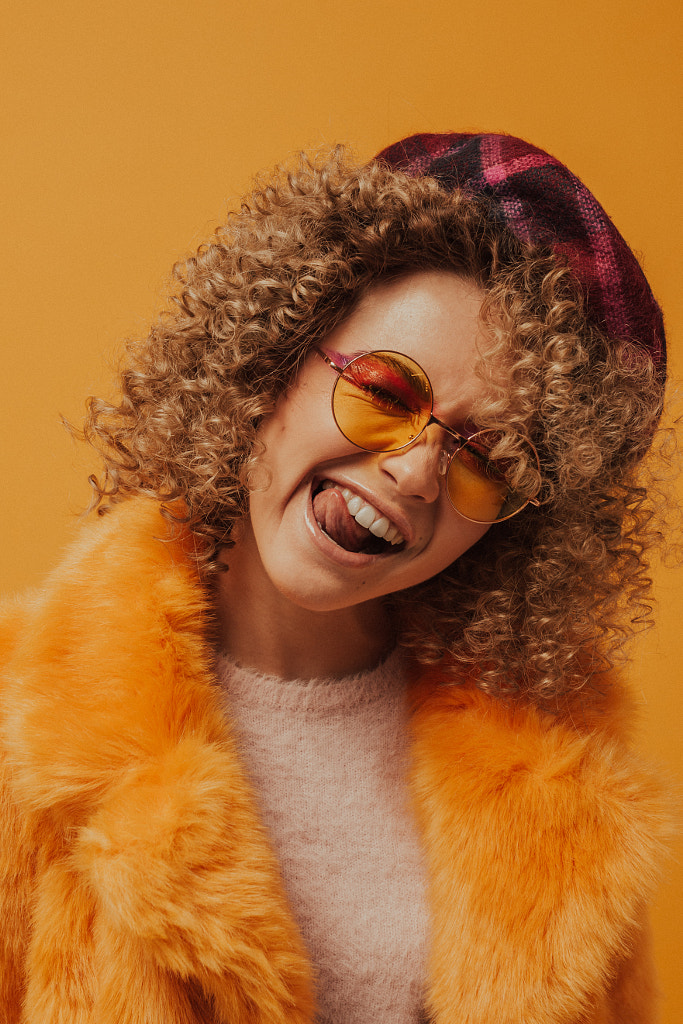
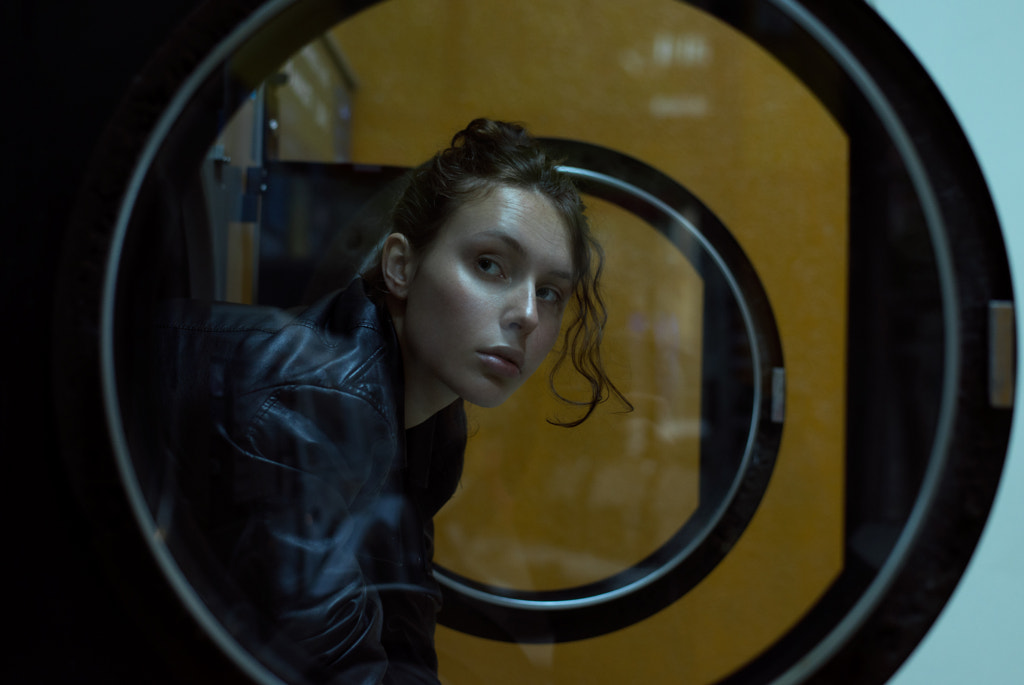
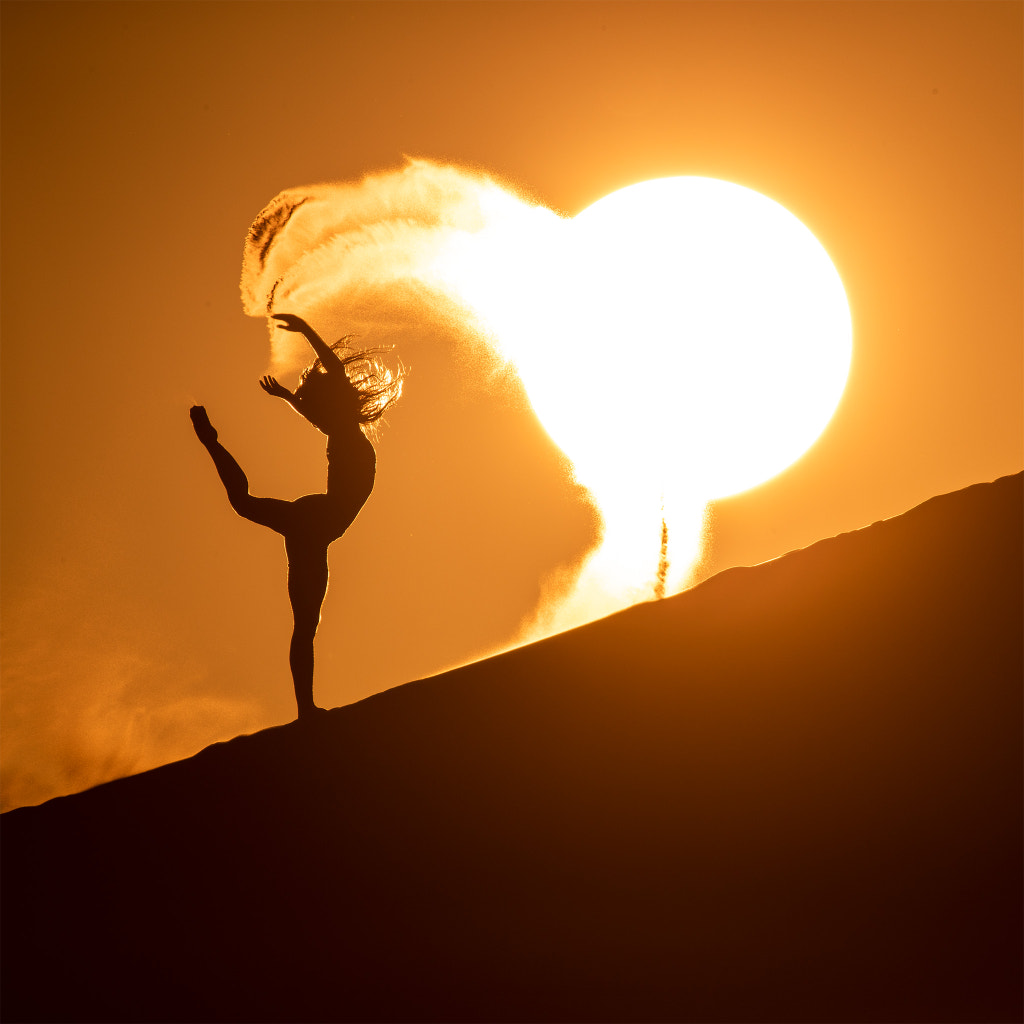
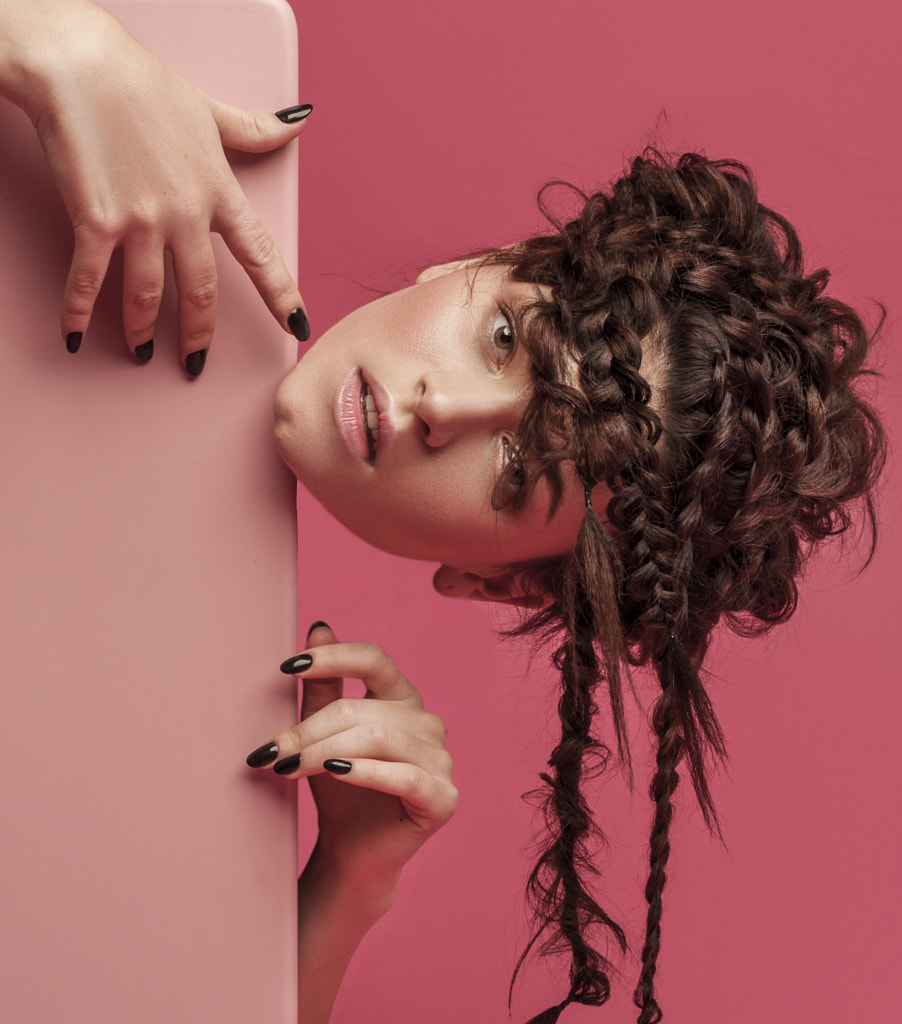
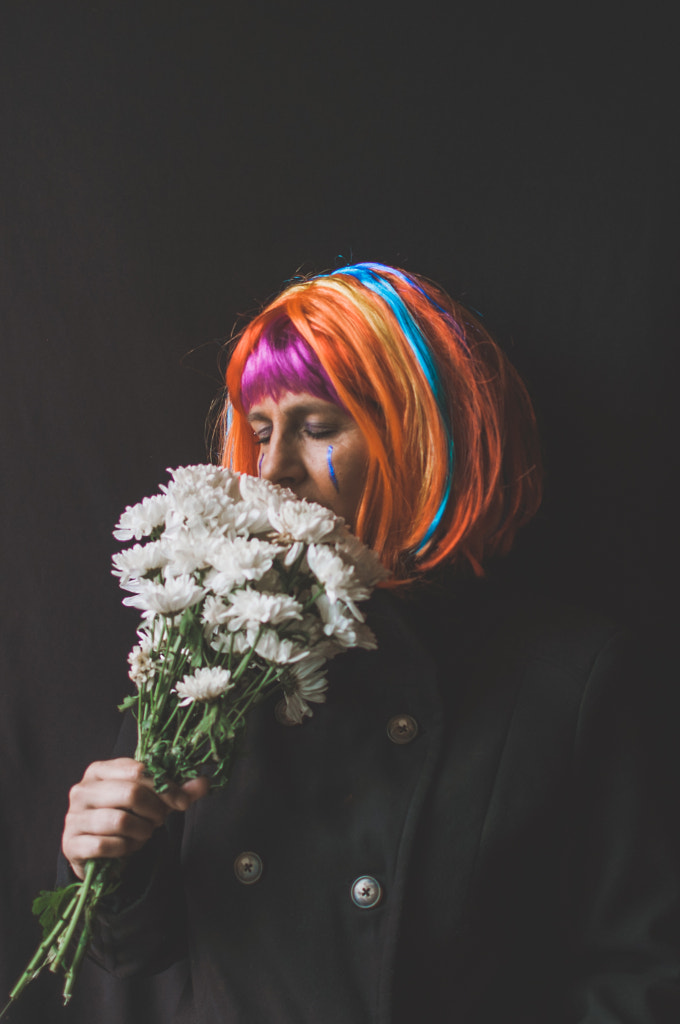
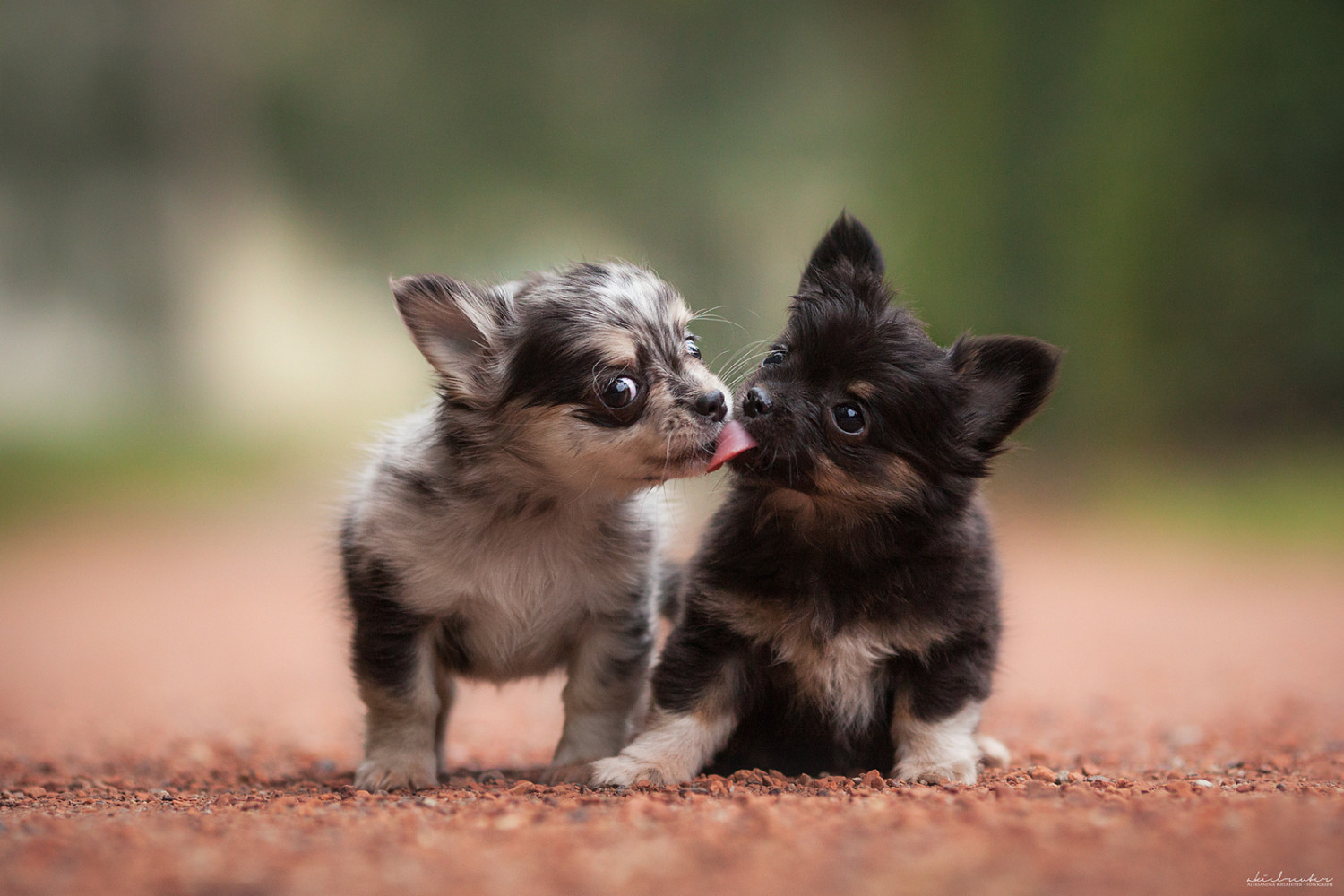
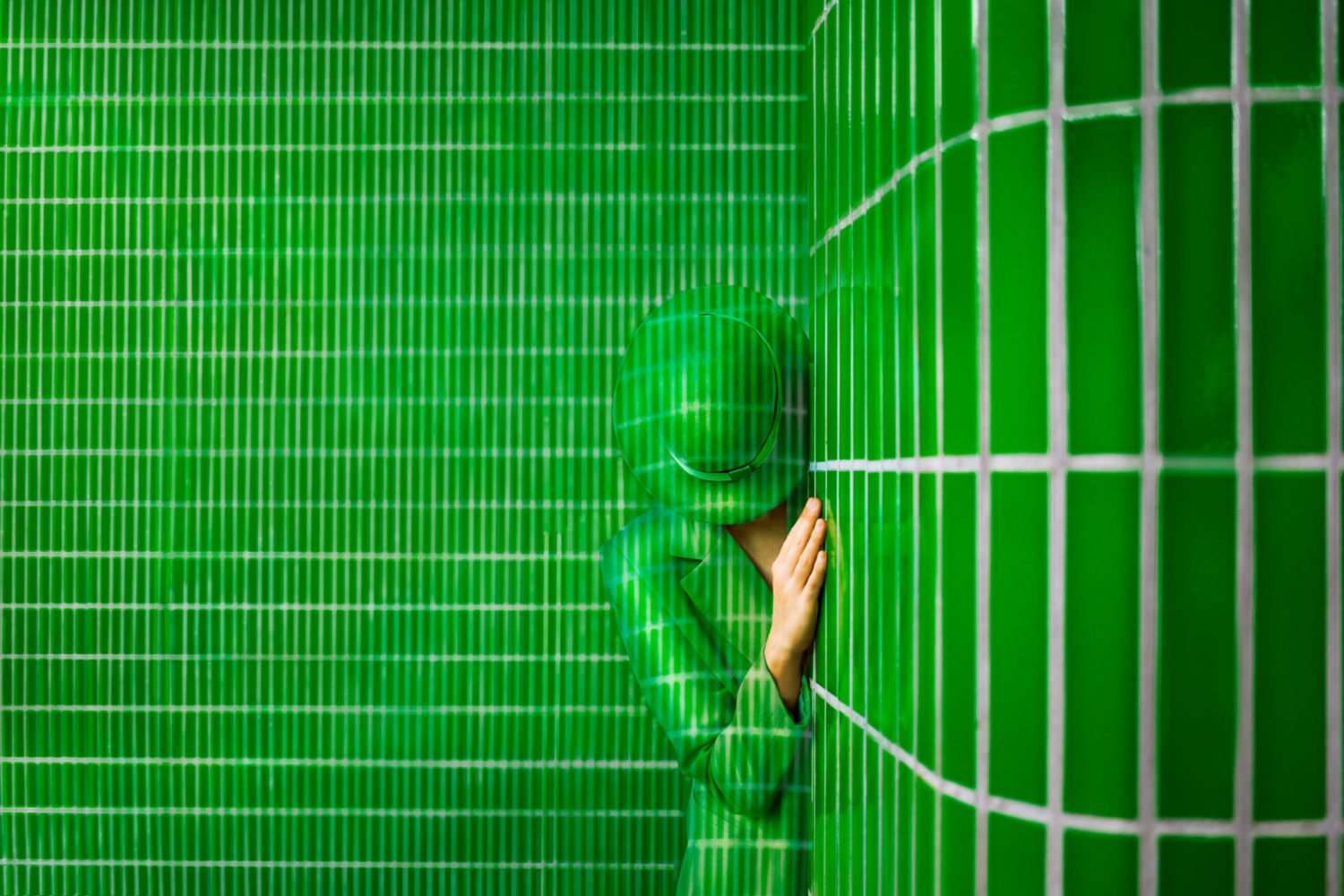
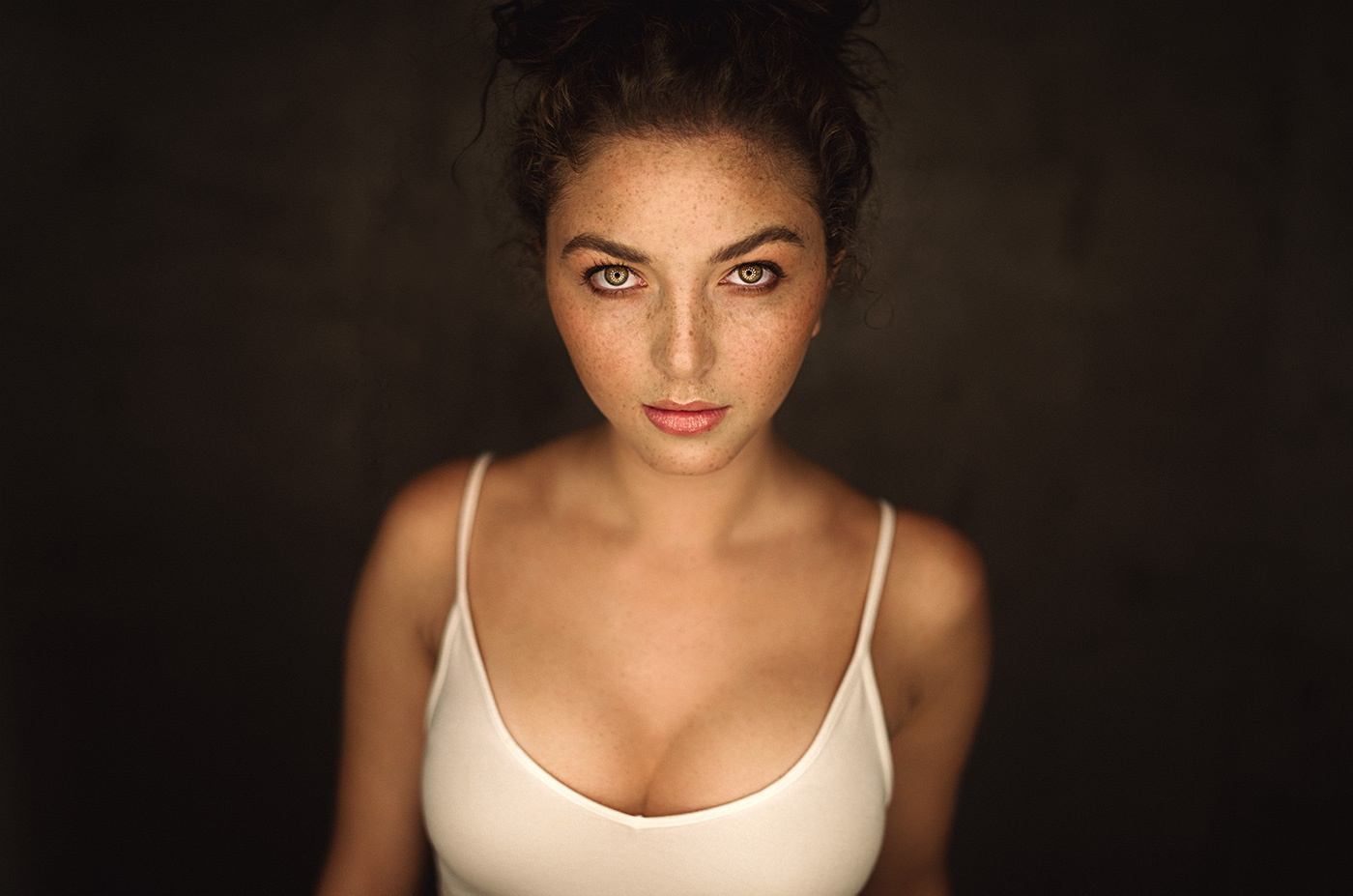

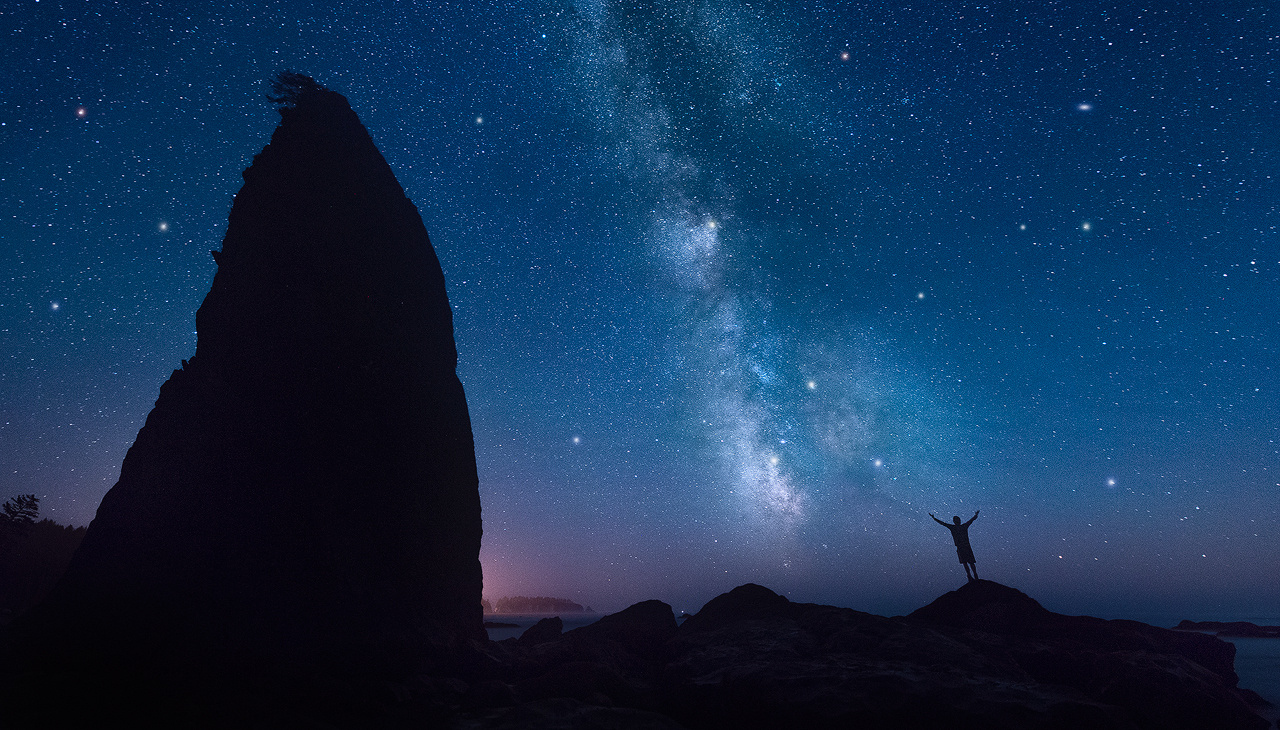
Leave a reply